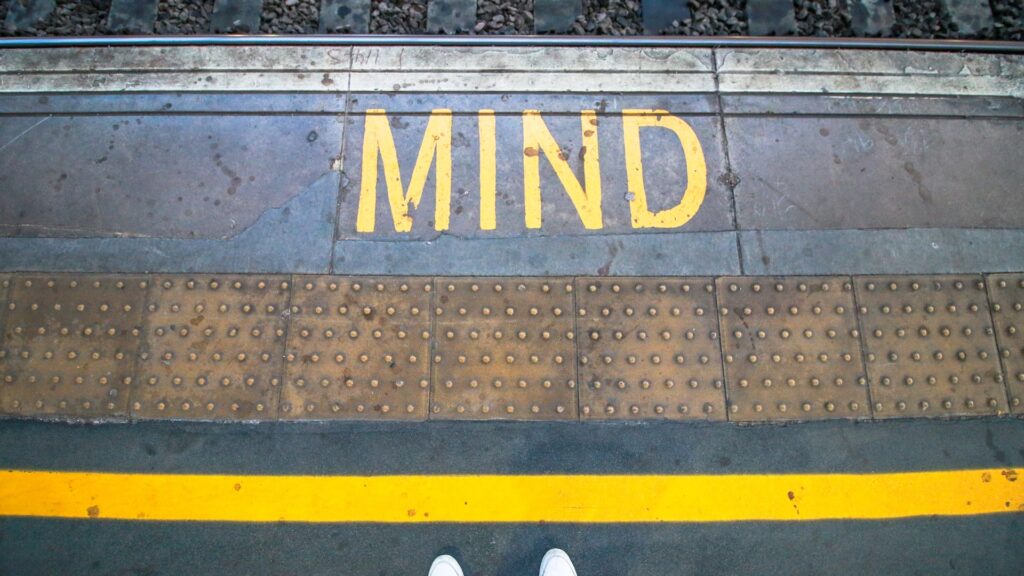
No matter the size, shape or style of your hotel, delighting guests, surpassing expectations and earning repeat visits can make a big difference to your bottom line.
NB: This is an article from GuestRevu
The reason for this is twofold: Firstly, having satisfied (or better still, delighted) customers generally leads to more positive online reviews, word of mouth advertising and customer referrals. Secondly, repeat guests are often cheaper to attract back to your hotel, and are likely to spend more with you during return visits.
Subscribe to our weekly newsletter and stay up to date
Therefore, customer satisfaction and retention should be at the forefront of every hotelier’s mind every step of the way.
.png?width=759&height=443&name=gaps-model-blog.jpg%20(4).png)
Management needs to look at what would leave guests so satisfied or delighted over the long term that they become repeat visitors – usually that means service delivery excellence. Creating a perfect customer journey is not an easy task, but if that’s what you’re striving for, getting to know and understand the Gaps Model of Service Delivery is of paramount importance for anyone in the service industry.
The Gaps Model is a framework that attempts to identify where there may be weaknesses or divergences in the service delivery process. Originally proposed by A. Parasuraman, Valarie Zeithaml, and Leonard L. Berry in 1985, this model is still applicable today. Management should be identifying, measuring and minimising the gaps identified as problematic with new strategies and SOPs (standard operating procedures) that help them to better understand their guests, address communication breakdowns and achieve enhanced guest satisfaction.
It is important to note that customer satisfaction is completely reliant on perception – customers will base their ultimate “decision” of satisfaction on whether or not they perceive the service to be adequate or not. Falling victim to the following gaps are usually a result of hoteliers not taking sufficient consideration of the guests’ perception.
GAP 1: THE KNOWLEDGE GAP (MANAGEMENT PERCEPTION VS. CUSTOMER EXPECTATIONS)
The first gap pertains to the potential discrepancy between what management thinks guests want and guests’ actual expectations. This often arises due to a communication breakdown – either within the organisation, or between the hotel and its guests – resulting in management not fully understanding what guests need in order to feel satisfied.
These communication gaps can occur in the following ways: when management has little to no contact with the guest, when there is a breakdown in communication between front of house staff and management, when management fails to gather or acknowledge guest feedback and complaints, when there is a lack of quality market research, when there are non-existent or ineffective strategies to grow and develop customer relationships.






